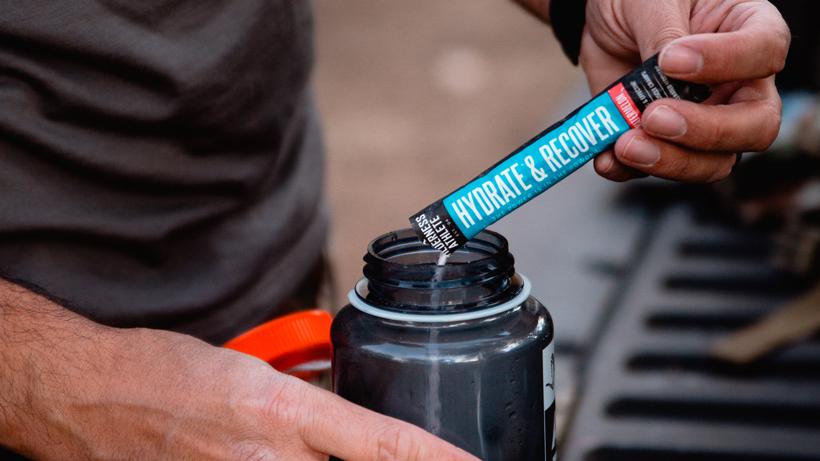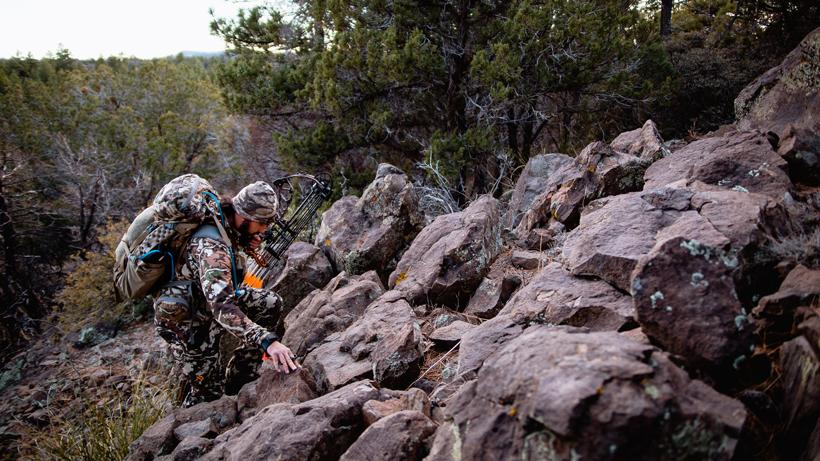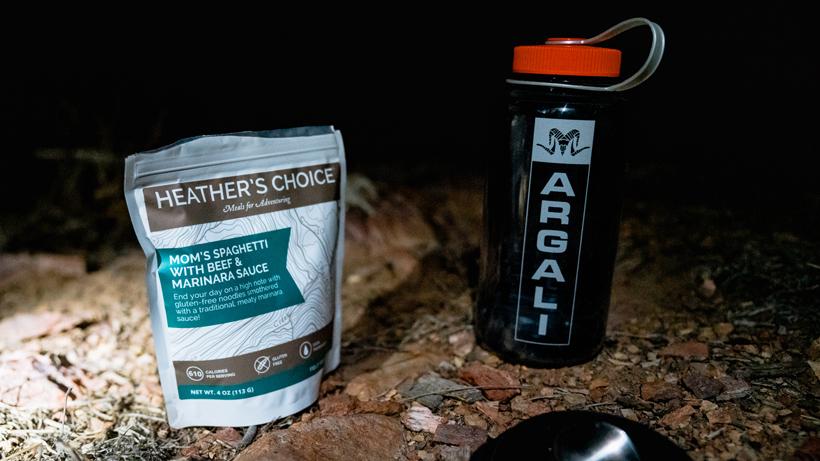










The physical demands that come along with backpack hunting are undeniable. From the harsh environments we often call home to the grind of getting an animal back to the truck, there are definitely easier ways to hunt than via the backcountry. In light of that, there are hunters across the country training year round for these endeavors. Whether it’s hitting the gym day after day or crushing their local mountain trail with a loaded pack, we’re putting in the work. Most of this training is focused on strength and endurance as those get all of the press. What doesn’t get a whole lot of attention, though, is mobility and, more specifically, maintaining our mobility throughout a hunt. If we can’t move around efficiently, then our hunt and experience will suffer in one way or another.
Because mobility doesn’t get a lot of attention, let’s chat about what exactly it is and why it’s important for backcountry hunting. The definition of mobility is “the ability to move or be moved freely and easily.” Not taking care of ourselves can lead to balled up muscles, sore joints, etc. All of this will impede our mobility and cause us to not be able to move as freely as we might like. The backcountry is not an easy place to traverse. It has many twists, turns, nooks and crannies that you’ll navigate through. Sometimes, we’re even put in awkward positions. If you’ve ever made your way through a sea of deadfall, mature manzanita or even just scary steep terrain, I’m sure you’ve felt muscles that you didn’t know were there. Nonetheless, these areas exist and you will encounter them often as a backpack hunter, which is why mobility needs to be on our radar. Moving through this terrain is strenuous enough as it is with an able body. We don’t want our bodies fighting against us as well, increasing our chances of injury in the field. Nobody wants that.
The vast majority of folks out there live pretty sedentary lives at home. A lot of jobs require a whole lot of sitting with not a whole lot of physical activity. While this is normal in today’s day and age, it’s not beneficial in the least to our mobility. That sitting causes quite a bit of tension in our hips, back, neck and shoulders. This is where good mobility needs to start though — at home. A few simple stretches and physical activity each day will go a very long way for mobility. When doing these stretches and workouts, focus on your form, not how many reps or how heavy you can lift. This is not the time to “bro out” and sacrifice form through straining one’s self. That’s a great way to get hurt. Our goal is proper and functional mobility. I’d also consider yoga as it is another fantastic way to increase mobility. And then there is actually seeking some help from a professional. Whether that’s in the form of a personal trainer or chiropractor. For years, I’ve visited a chiropractor to ensure that my body is in line and I’m getting the most out of my mobility. It really does make a difference.
Whether it’s chasing after a bugle or simply dropping into a creek bottom for water, everything requires much more physical effort on our parts than what we expend at home. So, with the physical demands that come from backpack hunting, we are going to pour more than our fair share of sweat throughout the hunt. Because of that, it is imperative that we are staying hydrated as dehydration can and will absolutely inhibit our movements. When our bodies aren’t getting enough fluid, it can cause muscle cramps and flat out exhaustion. This doesn’t just mean drinking fluids during a hunt, but also before we leave. Pre-gaming hydration the day before a strenuous hike will set you up for success the following day.
A great friend of mine has some pretty serious muscle cramping issues. Since nipping his hydration in the butt, I haven’t heard him complain once about this. He’s found that he needs to drink a BCAA and ton of water the day before his hike and then after the hike. Along with that, it’s imperative that he drinks water on a regular basis during his hike. If not, he suffers the consequences of having to stop, lay flat on the ground and do a plethora of stretching out in the field. So staying hydrated will not only help with moving through backcountry, it’ll help you keep moving through backcountry. Don’t take this for granted. Take a drink and take one often. Check out all the supplement options from companies like Wilderness Athlete, Warrior Fuel and Mtn Ops.
Ok, so what if your muscles do cramp or bind up? The most effective way I’ve found to deal with this is by rolling it out. When we’re at home working out, we often have access to things like foam rollers or lacrosse balls to help roll out our tense muscles. In the backcountry though, we need to improvise when these often painful situations present themselves. A Nalgene bottle works great as a “foam roller” in a pinch. A trekking pole is another useful tool to help with tight muscles. Heck, a log could even work. Yeah, this is gonna be painful as these things don’t have any give to them like that of a foam roller, but they will get the job done when things get tight.
On top of pre-planning and staying hydrated, another simple, yet effective way of keeping your mobility top notch is by watching your step. We’ve established that the backcountry isn’t the most forgiving of places in terms of terrain. Because of that, trying to be cognizant of where we step to avoid injury and falling needs to be taken under consideration. It’s easy to lose all semblance of self-preservation when making a stalk. I know I’ve done some pretty thoughtless things in the name of filling tags — things that my wife would smack me over the head for. However, longevity needs to be on our minds. I’m not saying to walk on eggshells because what’s life without a little risk? We are adventure hunting after all. I am saying to not be a cottonheaded ninnymuggins though. I’ve seen my fair share of hunts put to a halt from folks not paying attention. It’s a shame to see something that someone looks forward to all year put to an untimely rest due to something that probably could have been avoided. Use your noggin.
Lastly, good mobility is a reflection of good recovery. After pounding our muscles hard throughout the day, we need to make sure that we are feeding them with proper nutrients and sufficient rest. A hardy dinner combined with a good BCAA will help aid in the recovery department along with sleep of course. After dinner and before sleep, though, take some time to stretch. Roll out any tight muscles that need rolling as well. Doing this bedtime routine each and every night in the backcountry is a good habit and one that will no doubt help keep you performing at your best for the duration of your hunt. Night night. Sleep tight.
As backpack hunters, I’d say it’s safe to say we are a glutton for punishment. The call of the backcountry paired with the mental and physical hurdles keeps us coming back for more year after year. I’d also say it’s safe to say that each and every one of us wants to continue to live this wild life for as long as possible. It downright terrifies me thinking about a day when I can’t burn up a ridge and go live in the dirt for a bit. So, along with paying attention to strength and endurance training, paying attention to mobility is equally important. This is a long game that might not mean too much today, but will mean a ton in the future. Bad mobility equals problems, especially as we age. From higher risks of falling to even feeling a lack of purpose in life. Stay on top of it, stay mobile and stay in the backcountry.